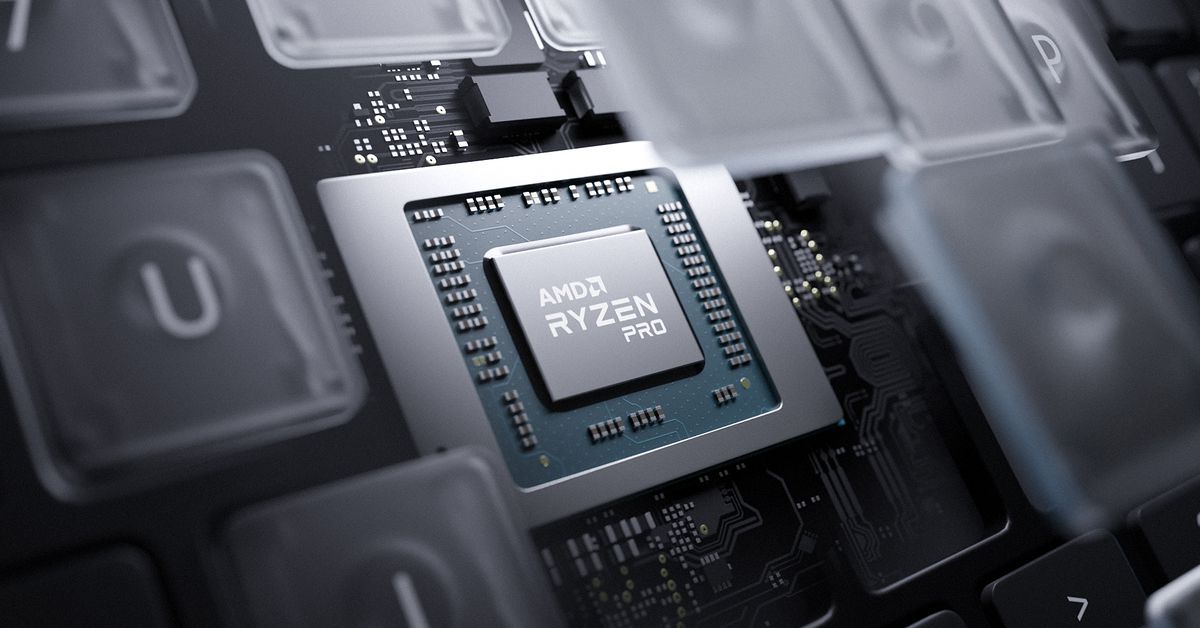- Aug 17, 2014
- 11,115
With the Ryzen 7000 series already on the horizon, AMD has released the naming scheme that it will use for the chips it releases next year (and in the years to follow, presumably). The system will apply to chips across AMD’s portfolio, from Athlons all the way up to Ryzen 9.
The new names will be fairly similar to the current names. They will continue to consist of four digits and a letter-constructed suffix, with numbers indicating processor generation and suffixes indicating power. But new numbers will make it easier to understand how powerful a given chip is directly from its name.
Here’s what each digit will mean:
- The first number refers to the portfolio year, with 2023 beginning as 7. (The first Ryzen processors were announced in 2017.)
- The second number refers to what AMD calls “market segment.” A 1 will denote the lowest tier (Athlon Silver), while the most powerful Ryzen 9 chips will bear a 9.
- The third number refers to a chip’s architecture. A 1 is Zen 1, a 2 is Zen 2, etc. This is important because AMD has been known to mix chips of different architectures into its series, so a processor’s generation alone doesn’t necessarily indicate how modern it is.
- The fourth number, labeled as “feature isolation,” is meant to ensure that customers can distinguish between chips with different versions of the same architecture. Faster chips within a market segment receive a 5, and slower ones receive a 0.
- Finally, the suffix will continue to indicate TDP, with 55W getting HX, 35W getting HS, 15-28W getting U (or C in the case of Chromebooks), and 9W getting a lowercase e.

AMD reveals new naming scheme for its 2023 processors
Here’s what each number means.


